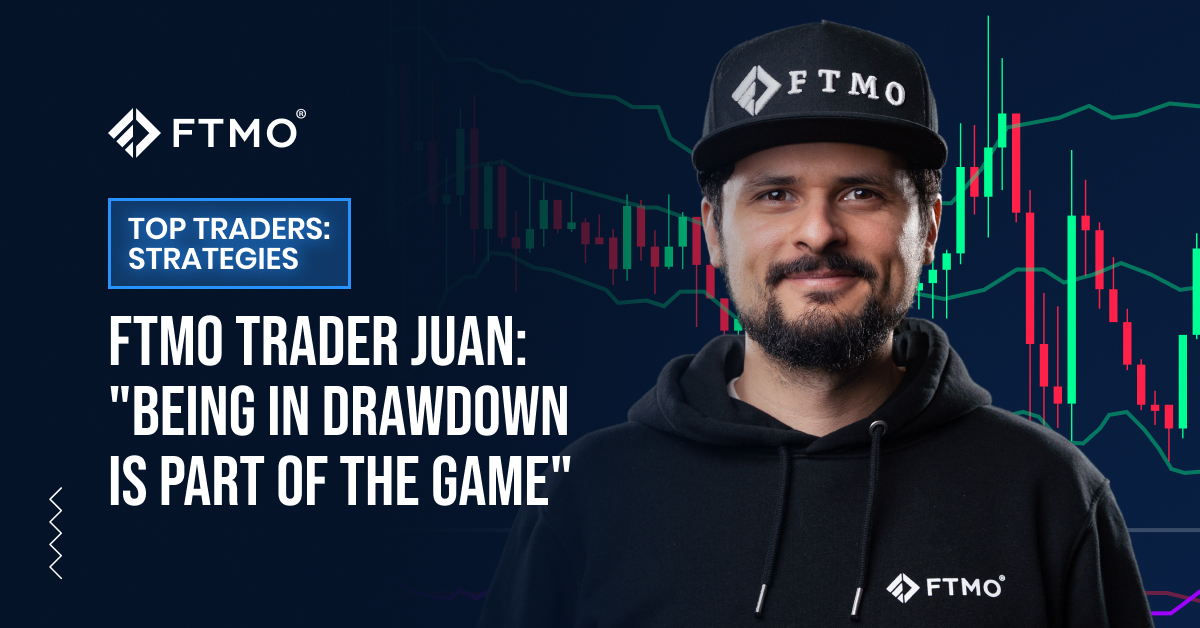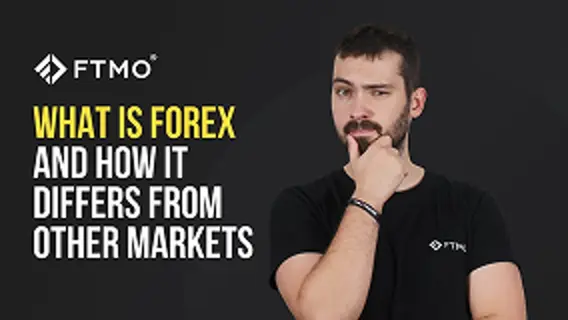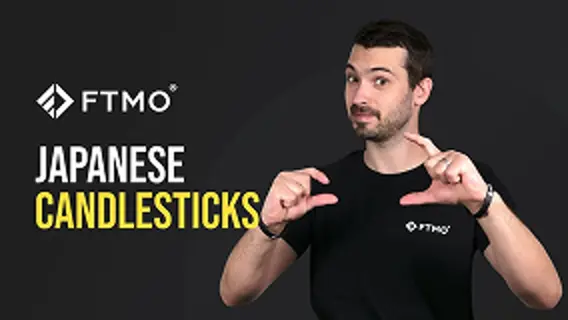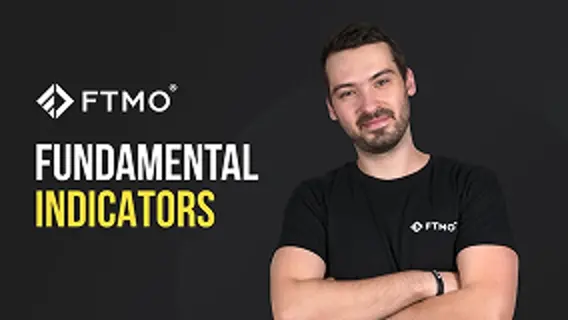
FTMO Trader Juan: "Being in drawdown is part of the game"
In the next part of our series on successful FTMO Traders who have made impressive profits or are able to achieve consistent results, we will have a look at trader Juan from Costa Rica.
Juan is one of our top-performing traders, currently managing an FTMO account with an impressive streak of 18 consecutive rewards. He recently visited our office as part of his European trip and you can watch a video of that meeting below.
Juan is one of the traders who currently manages an account with a maximum allocation of $400,000. As with most traders, his beginnings were not easy. He first tried trading binary options, but as he recalls, the risk/reward ratio was not favourable for him. Eventually, he lost his account and decided to look for other ways to make money. He originally worked as a software engineer, but wanted to find a job where he could spend more time on his hobbies and have more free time. He is also trying to automate his strategies, but for now he trades exclusively manually.
High risk is not sustainable
Through an account with a brokerage firm, he eventually made his way to FTMO, where he has been trading since 2020. He lost his first account of $100,000, but eventually managed to reach two accounts of $200,000, which he merged into one account. The main reason he lost his account was because he was risking more than 1% per trade, which he believes is an unsustainable way to trade.
Many traders, he says, mistakenly imagine that they can earn 10% a month by trading large volumes, which of course is unrealistic. Juan trades for a living today, but it is also because a large account allows him to risk only around 0.13% per trade. He is thus able to endure quite long drawdowns without losing his account.
Although he is doing well today, he is still aware that trading is a tough business that won't make you rich overnight. He stayed in his original job even after he earned his first reward with FTMO and he definitely recommends a similar approach to other potential traders.
GBPJPY is the best
Juan only trades the GBPJPY currency pair, although he has tried most majors pairs or gold in the past. The GBPJPY currency pair suits him mainly because it is highly volatile and there are a lot of trend opportunities.
When trading, he takes advantage of the strong negative correlation of the GBPJPY pair with the Japanese currency index JPYX. Depending on how the JPYX index moves, it can then decide on a position on GBPJPY.
He makes his decision based on the market session that is currently running, with the New York or North American session being the most suitable for his strategy. He is also guided in his decision-making by important price levels, such as round numbers, where points of interest for institutional investors may be located.
He first looks at market structure and liquidity for trend determination, where he uses top-down analysis and progresses from a monthly chart to an hourly chart and then makes decisions on market entries. On the lower timeframes, he then looks for a 1-2-3 pattern, for example, and then looks at Fibonacci levels. Before entering, he looks for confluences of multiple factors, at least five of which must be met to enter the trade.
Juan prefers swing trading because it gives him more time freedom. When he sees an opportunity to close a trade within a day, he will close it, but when he sees that the trade has the potential to continue on, he will let it work and calmly hold it for several days. In some cases, for example, when very important macro data is about to hit the market, he prefers to close the trade earlier. He does so even if the price is far away from his Take Profit and thus deprives himself of a possible much higher profit.
This approach is better for him because he doesn't like to take too much risk. As he himself admits, even over a relatively long period of time he is sometimes unable to be patient enough to hold a trade for a long period of time and it can be somewhat taxing on the mind. However, a professional trader, he says, should be able to deal with any situation, you need to preserve the capital, you cannot gamble.
Losses are part of trading
He does not focus on a high success rate for his trades, but rather on a higher RRR. The lower risk per trade allows him to survive relatively long periods of drawdowns, when he may record as many as ten losing trades in a row. If a trader has enough experience, he should be able to survive such a drawdown without any problems because, as he says, "being in the drawdown is part of the game". That is why he has tried to achieve maximum capital allocation, which allows him to open relatively small positions and make quite a lot of money on them.
In terms of psychology, his biggest problem in the early days of his trading career was overtrading. However, an analytical approach along with studying the results in the Account MetriX and the Trading Journal helped him solve this problem and today he knows that the quantity of trades does not lead to higher profits. He advises new traders to trust their strategy and be patient enough to let their profits run.
About FTMO
FTMO has developed a two-step evaluation process to find trading talents. Upon successful completion, you may be eligible for an FTMO Rewards Account with a balance of up to $200,000 in simulated funds. How does it work?














